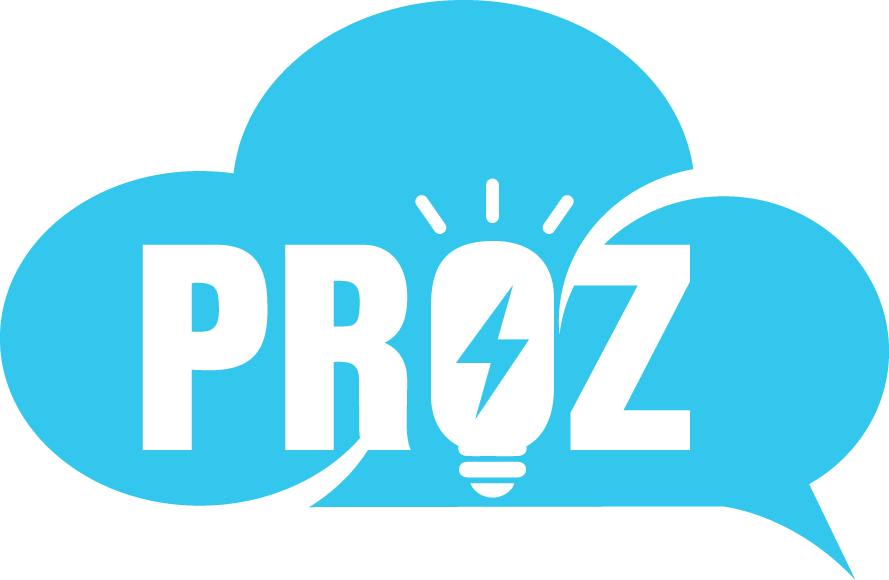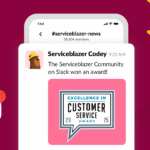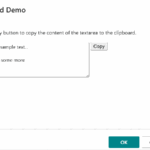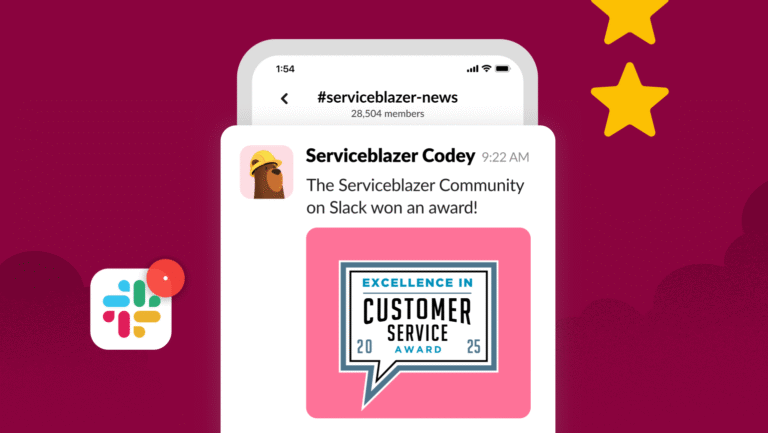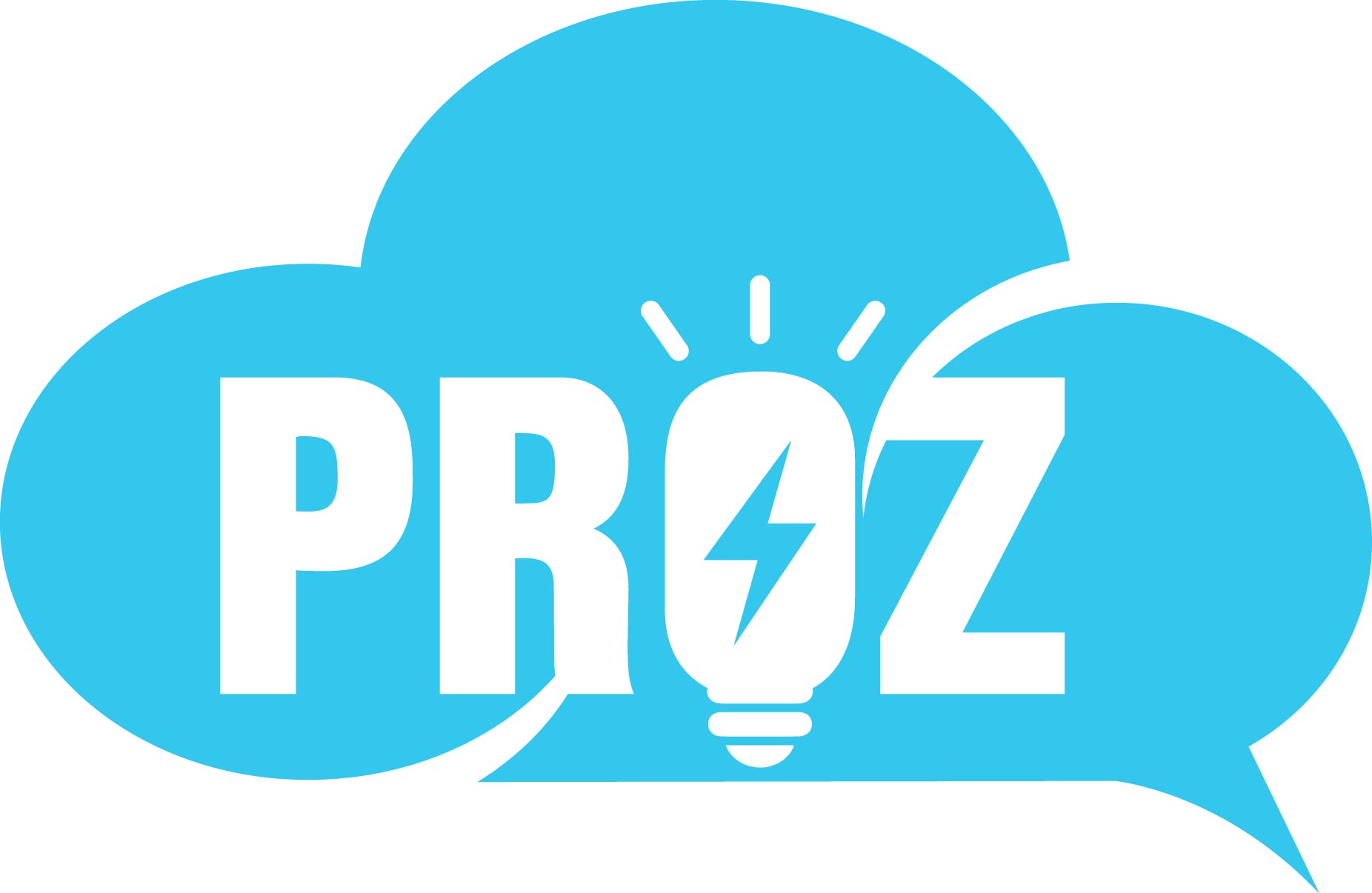AI is reshaping every business — ready or not? Nearly 80% of SMBs using AI say it’s transforming their business, yet many companies struggle to scale AI effectively for real impact. The key isn’t just adopting AI—it’s empowering your workforce to use it. Without proper AI literacy, businesses risk inefficiencies, compliance challenges, and missed opportunities.
In finance, strong AI skills can mean the difference between catching fraud early or losing millions. In manufacturing, AI-driven predictive maintenance minimizes downtime—but only if employees know how to use it.
Workers are eager to learn, but 74% say a lack of training is holding them back. Investing in AI literacy now doesn’t just future-proof your business—it fuels innovation, sharpens your competitive edge, and ensures your teams are ready to make the most of AI’s potential.
Building a data-literate workforce doesn’t happen overnight—but with the right foundation, every team can turn data into a competitive advantage.
What is AI Literacy?
AI literacy is more than just knowing AI exists—it’s about understanding its capabilities, working with it effectively, and using it to enhance workplace processes. As these technologies become a bigger part of business operations, helping employees get comfortable with key AI concepts can unlock new opportunities and reduce risks.
That includes learning how to collaborate with AI and how to design AI that collaborates well with humans. “Designing experience between an agent and a human is another flavor of a skill that is very new,” Irina Gutman, Global Leader of AI Professional Services at Salesforce, shared on Experts of Experience recent episode. “Upskilling people is the next absolutely critical component of AI implementation.”
So what does it actually take to build AI literacy – not just for understanding the technology, but for shaping meaningful human-AI interactions? It starts with a few core components:
How to Improve Your AI Literacy Today
- Getting familiar with AI and machine learning: Employees should know the basics—how AI works, how machine learning helps businesses make smarter decisions, and how automation can simplify daily tasks.
- Getting comfortable with AI-powered tools: AI-driven chatbots, sentiment analysis, and other natural language processing (NLP) tools are everywhere. Employees should understand what these tools do well, where they fall short, and how to use them in a way that makes their jobs easier.
- Making sense of AI-generated insights: Employees should feel comfortable reviewing AI-generated data, questioning its accuracy, and using it to support smart, ethical business decisions.
Companies that prioritize developing AI skills see measurable results—like increased efficiency, stronger decision-making, and higher revenue.
Why Investing in AI Literacy Programs Matters
AI isn’t just a trend—it’s a fundamental shift in how businesses operate. Think back to any technological change; for example, the rise of computers in the workplace. Companies that invested early in computer literacy gained massive efficiency advantages, while those that failed at technology integration fell behind. AI is following the same trajectory.
According to PwC’s 2024 AI Jobs Barometer, AI is redefining job readiness, making workers more productive and improving data literacy. Employees trained in AI work more efficiently alongside intelligent systems, streamlining workflows and making better decisions. Deloitte reports that AI-trained teams see a 20-30% rise in efficiency—proof that AI literacy delivers real results.
Agentforce➚ is helping businesses bring autonomous AI into service, sales, and marketing. But without empowering teams to work effectively with AI, companies risk missing out on its full potential.
Deploy AI agents with confidence
Learn how to fast-track your Agentforce implementation and drive long-term success.


The reality? 40% of workers will need new job skills within three years due to AI-driven changes (IBM 2024 Global AI Adoption Index). Businesses that invest in AI literacy today will future-proof their workforce, ensure compliance with ethical standards, and gain a significant market advantage.
How to Build a Workforce Ready for AI
Training employees for AI starts with a clear strategy. Companies should assess current skill levels, identify knowledge gaps, and build training programs that align with real-world AI applications.
Steps to AI Readiness
- Offer Targeted AI Training – Hands-on workshops and digital courses tailored to employees’ roles ensure AI adoption feels practical, not abstract.
- Encourage Continuous Learning – Support ongoing AI education through mentorship programs and internal knowledge-sharing.
- Foster an AI-Friendly Culture – Leaders should communicate AI’s role in augmenting, not replacing, human work to reduce resistance.
- Establish AI Governance & AI Ethics – Clear guidelines ensure responsible AI use and alignment with business goals.
Companies like Salesforce have successfully built AI-ready workforces by investing in education, mentorship, and internal AI training platforms—part of a broader movement to boost AI fluency, as highlighted in initiatives like National AI Literacy Day, which mobilized over 100 organizations for nationwide AI education events. Salesforce’s AI training initiatives have led to faster AI adoption across teams, improving decision-making and streamlining processes.
How Agentforce Showed Us the Power of AI Literacy
AI literacy isn’t just a nice-to-have—it’s essential to successfully implementing AI agents like Agentforce. Without a foundational understanding of how AI works, what it can and can’t do, and how to collaborate with it, even the most powerful tools won’t reach their full potential. That’s why, at Salesforce, AI literacy was a critical part of our internal Agentforce rollout—from building trust to driving adoption across teams.
So how did we bring Agentforce to life within our own help portal?
We started by listening—closely. We looked at how our customers were navigating the help portal, the types of questions they asked Support Engineers and Success Guides, and how they were engaging with all the great content we already had available. From product documentation and knowledge articles on Help.Salesforce.com to Trailhead modules and developer docs, we surfaced a wide range of resources that were already delivering value.
Next, we layered on data. We analyzed the most viewed content alongside the topics generating the highest volume of support cases. This helped us identify patterns and gaps—critical insights for informing what content Agentforce should prioritize. Using Data Cloud, we connected structured data—like Salesforce objects and fields—with unstructured data such as support articles and documentation. This created a richer, more intelligent experience for our users. We mapped customer queries to structured Salesforce objects, generating embeddings that enhanced the LLM’s context window and improved the accuracy of responses.
Power agentic AI with Data Cloud
Data Cloud surfaces critical customer context from PDFs, audio files, and videos to Agentforce, making your AI agents smarter and more accurate.



To ensure quality and build trust, we brought our Support Engineers into the loop as active evaluators of Agentforce’s responses. With their deep understanding of customer intent and complex issue resolution, they were the perfect partners to assess AI-generated outputs. This approach helped us identify where Agentforce was performing well and where it needed improvement.
More importantly, it created a valuable, hands-on opportunity to build AI literacy within the support team. By engaging directly with the model, our Support Engineers began to see AI not as a replacement, but as a trusted assistant—a tool they could refine, guide, and rely on. This human-in-the-loop feedback loop was essential for improving accuracy, driving adoption, and fostering a collaborative culture between people and AI.
The result? Agentforce got smarter and more helpful, delivering contextually relevant answers grounded in real customer needs.
And here’s where AI literacy truly comes into play: to get great AI outputs, you need to start with the right inputs. That means understanding your customers—what they’re trying to solve, where they’re getting stuck, and what success looks like to them. The more precise your data, prompts, and intent mapping, the better your AI agents perform. Agentforce is proof of that.
Common Mistakes in AI Adoption and How to Avoid Them
Even organizations that recognize the importance of AI can stumble when it comes to rolling it out successfully. The biggest misstep? Underestimating the need for strong human oversight. Without clear ownership, AI decisions can become inconsistent, inefficient—or worse, non-compliant.
Here are some of the most common pitfalls we’ve seen when it comes to launching AI and AI literacy initiatives:
- Jumping in without a strategy: AI can feel overwhelming if you don’t start with a clear plan. A thoughtful roadmap ensures your AI efforts are tied to business goals, not just trends.
- Focusing only on tech, not people: AI isn’t a silver bullet—it’s a partnership between technology and your workforce. Hands-on, accessible training is essential to build confidence and skill.
- Neglecting change management: Resistance to change is natural. People want to understand how it impacts them. Transparency and communication help reinforce that AI is here to support.
- Trying to do too much too soon: Start small and scale thoughtfully. Begin with identifying a use-case and scale from there.
- Overlooking ethical considerations: AI decisions affect real people. Fairness, transparency, and accountability should be built in from day one.
By avoiding these missteps, organizations can move beyond basic automation and begin unlocking real business transformation—powered by people and guided by purpose.
Powering Agentforce with Smarter Knowledge Design
Learn how Salesforce is rethinking knowledge design to make AI agents like Agentforce faster, smarter, and more helpful in real customer conversations.



Mistakes Teams Make When Rolling Out AI
As more companies rush to bring AI into their customer experience strategy, we’ve noticed a few recurring missteps. These aren’t just speed bumps—they can seriously hinder adoption and long-term success. Here’s what to watch out for:
Treating AI like traditional software
AI isn’t deterministic—it’s probabilistic. That means it won’t always give you a “right” or “wrong” answer. Expecting clean, binary outputs often leads to frustration when AI seems to “hallucinate” or behave unpredictably. Successful teams adjust their expectations and embrace AI’s unique capabilities.
Skipping human-in-the-loop design
AI isn’t plug-and-play. It needs human input—whether through feedback, training, or decision-making—to evolve and improve. Without that partnership, AI stagnates or silently fails.
Ignoring trust and transparency
People won’t use what they don’t understand. If you roll out AI without building user trust—through explainability, transparency, and ongoing education—adoption will stall, no matter how advanced your model is.
Over-focusing on model performance
Accuracy is important, but it’s only part of the picture. A brilliant model can still miss the mark if the user experience is clunky, the response is slow, or the output feels robotic. Great AI needs great UX.
Overlooking ownership and governance
Who’s responsible when AI gets it wrong? Without clear ownership, escalation paths, and ethical guidelines, even well-meaning AI can cause harm. Responsible AI requires structure, accountability, and ongoing oversight.
Forgetting AI needs emotional intelligence
Just like employees need AI literacy, AI needs human literacy. It’s not enough for AI agents to be technically accurate – they also need to communicate with empathy, clarity, and tone that reflects your brand values. As Bernard Slowey of Salesforce shared on Experts of Experience, “We trained Agentforce on the hard skills, but we didn’t focus on the soft skills. We were very much focused on the head, and not enough on the heart.” Emotional intelligence isn’t just a human trait, it’s a critical design consideration for AI interactions that feel helpful, not robotic.
What We Learned from Rolling Out Agentforce
When we introduced Agentforce into our own help portal, we made some of these mistakes ourselves.
At first, we assumed that more content would automatically lead to better answers. But we quickly realized that more isn’t always better. While large language models thrive on data, their performance hinges on quality, not just quantity.
We found that if the content was inconsistent, outdated, or lacked relevance to customer questions, it led to confusing outputs—what we call hallucinations. Simply put: if the content confused us, it would confuse Agentforce too.
So we shifted our approach and got intentional. Here’s how we prioritized the right content to ground Agentforce with Data Cloud:
- High-quality content with positive customer feedback: even with limited survey returns, we trusted what customers had already responded positively to. This helped ensure Agentforce was serving up accurate, trusted answers.
- Highly viewed content: The most visited articles pointed directly to top customer questions. If customers were looking at it, we made sure Agentforce could surface it too.
- Content tied to common support issues: We focused on high-impact use cases where Agentforce could help deflect routine tickets, freeing up our teams to handle complex, high-touch experiences.
During this process, we discovered content gaps—places where the AI couldn’t help because the information didn’t exist. Instead of patching over them, we used that insight to improve our content strategy before bringing it into Data Cloud.
The next step? Start by assessing your team’s AI knowledge and building a structured roadmap for continuous learning. AI-ready teams aren’t just more productive—they’re the ones shaping the future of business.
